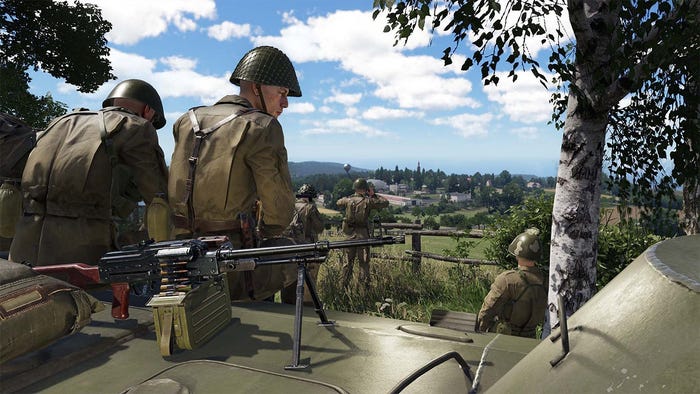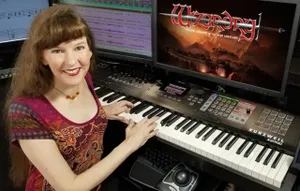Top developers ponder the future of video games
What does the future hold for video games, and what steps do game makers need to take to get there? Top developers from Epic, Eidos, THQ and Ubisoft offer their opinions.

What does the future hold for video games, and what steps do game makers need to take to get there? During the Montreal International Game Summit's closing session (the annual "Brain Dump"), a variety of developers tried to answer that question, as new business and creative opportunities continue to emerge.
Aesthetic rehab
Jonathan Jacques-Belletete, art director at Eidos Montreal for Deus Ex: Human Revolution, argued that to survive in the future, video games "must go to aesthetic rehab." "We live in a kind of sealed environment; our visual culture is completely outdated," he said. "We need to start looking for new sources of inspiration." "We need to start working with people outside of the video game industry: fashion designers and architects, because we are going to be left behind," he continued. "It's Picasso who said, 'you get nothing original from an echo.' It's very true." He said finding inspiration aside from typical sources like Star Wars and Lord of the Rings is not merely a good design decision, but a good business decision. "Design distinction creates desire... if your design is different enough, you will automatically create design in your audience." 
Tim Sweeney's future of "everything"
Taking the stage, Epic's Tim Sweeney re-approached some of the thoughts he had presented to the audience at the start of the summit. "For seven years the industry has been embroiled in a platform war that began when the PC market began to decline, and the PC really lost the central place in gamer's hearts," he said. "Microsoft and Sony came along and created systems with much more stable platforms and greater performance and really shook things up." However, this new stability didn't last. "Over subsequent years things have really changed even more dramatically," Sweeney said, noting the rise of the App store, smartphones, tablets and web games. He revealed his pick for the new winner of the next generation: "everything." "All the different gaming platforms that have emerged are coming together into a common specification," he said. "We can build one game that potentially targets all the different platforms; this is a really positive change after seven years of divisive change. "I imagine a future," he continued, "where cloud-centric gaming means you can have one game and play it across all your devices. Graphics and controls will scale, but to be capable of playing a game anywhere is a very friendly way to work with players." "This is also interesting from a business point of view," Sweeney added. "We can amortize the cost across different platforms, reaching a much larger audience without dramatically increasing the development cost." However, he warned, "this also means we need to change the way we think about game design -- we can't just think about aiming for one device, one type of input, one graphical level." 
What makes us human
THQ's Stephanie Bouchard approached the future from the position that "photorealism and surround sound is not going to help us any more," arguing that current games feel "hollow" because of their failure to offer similar improvements in social technologies. "Every game has a button for kill," she said, lamenting that more games didn't offer different interactions with players. She particularly noted her disappointment in EA's licensed "The Godfather" series. "EA, fuck you," she said. "You messed up my fantasy. I wanted to put cotton balls in my mouth and make an offer that couldn't refuse. Instead I was just another hood beating people up." "What makes us human," she said, "is the ways we can interact with each other. But in games we do it very poorly. I played all of Assassin's Creed III and the only NPC that I feel that truly acknowledged my existence was a dog!" "We must customize the game experience to enable social manipulation on other characters."
The mind of the developer
Ubisoft Montreal's Jonathan Morin -- creative director on the upcoming Watch Dogs --closed out the session with a talk that furthered some of the thoughts in Bouchard's commentary. "I was convinced that our future was fascinating, that technology would bring us forward and the questions about technology were interesting. But they are beside the point," he said. "Technology isn't what's going to shape our future; it's up to us to push our medium beyond that." "When we create games," he continued, "it should excite your sense of wonder." "I think the future is in the rise of NPCs to show us what really surrounds us, to suggest more about our universe. We need to stop creating trees of dialogue and binary choices, replace that with a real way of communicating. It could be simple but it should be felt. Doing stuff like that would be empowering to us; suggest complex stuff -- and complex stuff doesn't have to be a complex solution. "What's the future? I think it's the mind of everyone here, in the mind of every developer."
About the Author
You May Also Like









